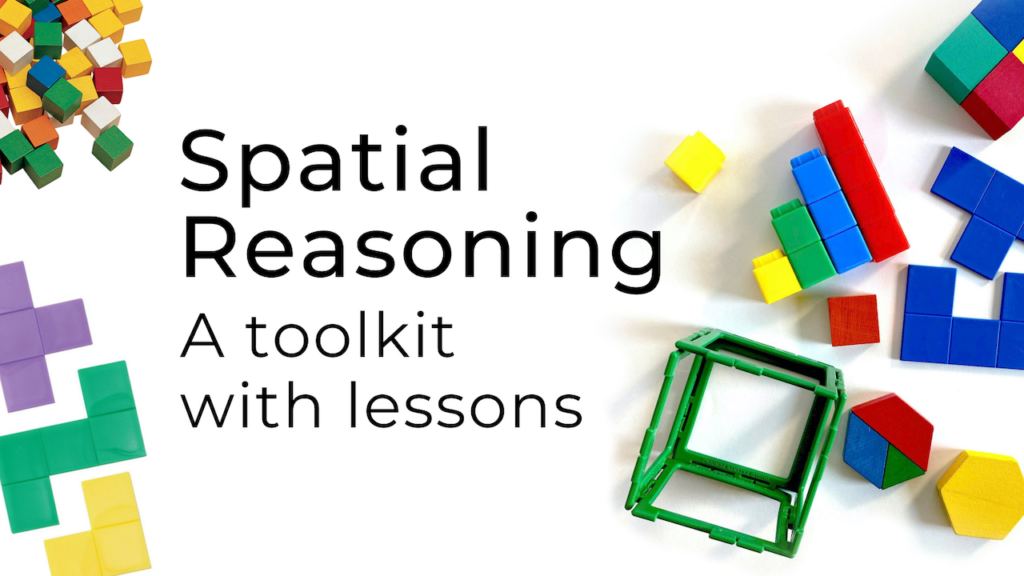Don't Break the Hex
Primary (Age 6 – 9)
Curriculum Goal
Primary: Geometry and Spatial Sense
- Compare the areas of two-dimensional shapes by matching, covering, or decomposing and recomposing the shapes, and demonstrate that different shapes can have the same area
- Sort and identify two-dimensional shapes by comparing number of sides, side lengths, angles,
and number of lines of symmetry - Compose and decompose two-dimensional shapes, and show that the area of a shape remainsconstant regardless of how its parts are rearranged
- Identify congruent lengths and angles in two-dimensional shapes by mentally and physicallymatching them, and determine if the shapes are congruent
Context
- Students should be familiar with pattern blocks and the shapes in a pattern block set.
Materials
- Sheets of blank white paper to act as the game board (optional, but creates a clean visual for students)
- Pattern blocks
- Virtual pattern blocks available on coolmath4kids.com
- Each game requires 10 hexagons to be spread out on the paper. These act as the game “board.”
- Additionally, each game requires supplemental hexagons, as well as trapezoids, triangles, and parallelograms. These blocks are what students will use to cover the game “board.”
- Spinner
Lesson
Introduction:
- On a sheet of white paper, lay out 10 hexagons so they are distributed across the page.
- Students must work as a team to cover all 10 hexagons with other pattern blocks so that the hexagons are fully covered, and no blocks already selected by the players are left over.
- Beside the game board, create a pile of trapezoids, a pile of triangles, a pile of parallelograms, and an additional pile of hexagons.
- Have the spinner available.
Lesson:
- One student takes a turn on the spinner. Whichever number the spinner lands on, that is the number of blocks the student picks up from the piles next to the game board. The student may select only one type of block at a time. For example, if the student gets “five” on the spinner, they may select five triangles but not three triangles and two parallelograms.
- After the student has selected their blocks, all players work together to decide how to use those blocks to begin covering the 10 hexagons. After all the blocks are placed, play continues with the next student taking a turn on the spinner and selecting blocks to place on the hexagons.
- Play continues by passing the spinner to the next student to take their turn spinning the spinner, selecting blocks, and placing them all down on the hexagons.
- Each game is only seven turns long. Students must work collaboratively in those seven spins to try to cover all ten hexagons.
- When seven turns have been taken, the first round of the game is over. Any blocks that have been picked up by the last player but not placed on the hexagons (because they were already covered or the tile could not be made to fit) are considered left over. Have students record how many hexagons they were able to cover, how many they partially covered, and how many tiles they had “leftover.”
Conclusion:
- Allow students to play several rounds of the game, and at the end of each round have them record how many hexagons they were able to cover, how many they partially covered, and how many tiles they had “leftover.” Are they able to improve their strategizing abilities to cover as many hexagons completely as possible, and to reduce the number of tiles “leftover” in the last player’s hand at the end of each round?
Look Fors
- Are students cooperatively collaborating?
- Are they able to refine their strategies for working together to cover the hexagons over the course of several games?
- Are students identifying the blocks accurately?
- Are students using transformational language (rotate, flip, slide) and positional language (below, beside, right, left) when working together to place shapes?
Share this lesson
Share on facebook
Share on twitter
Share on email

